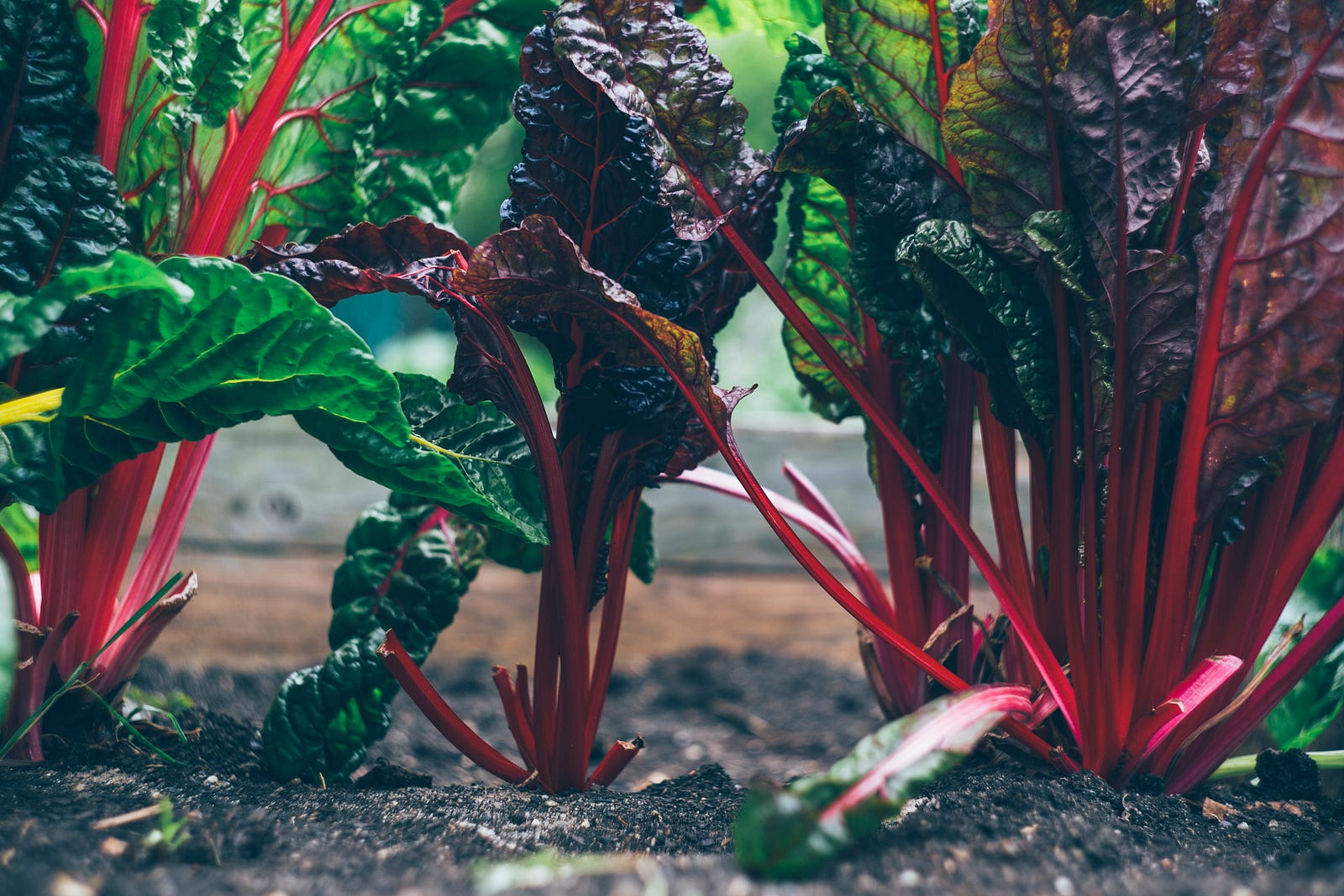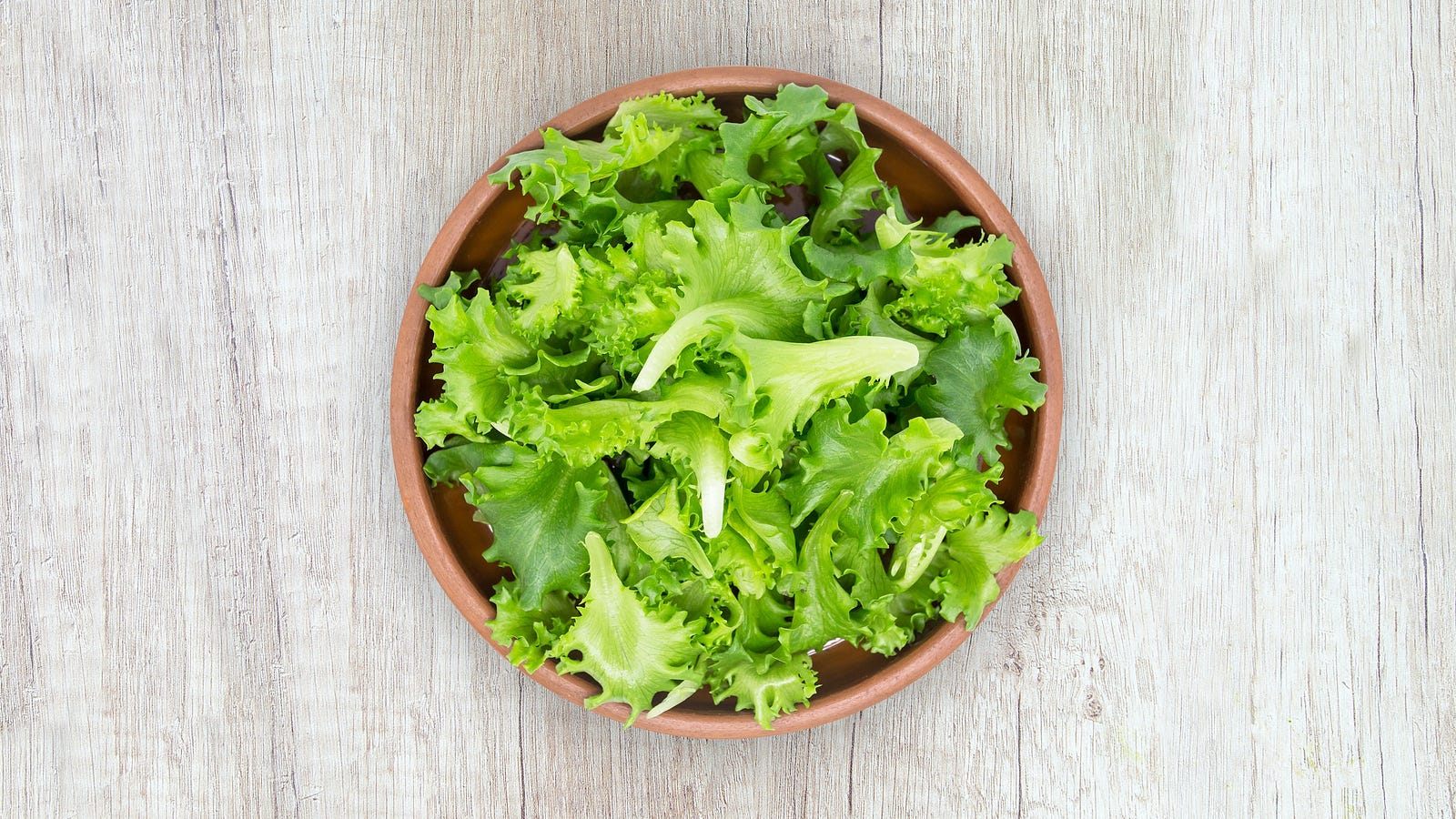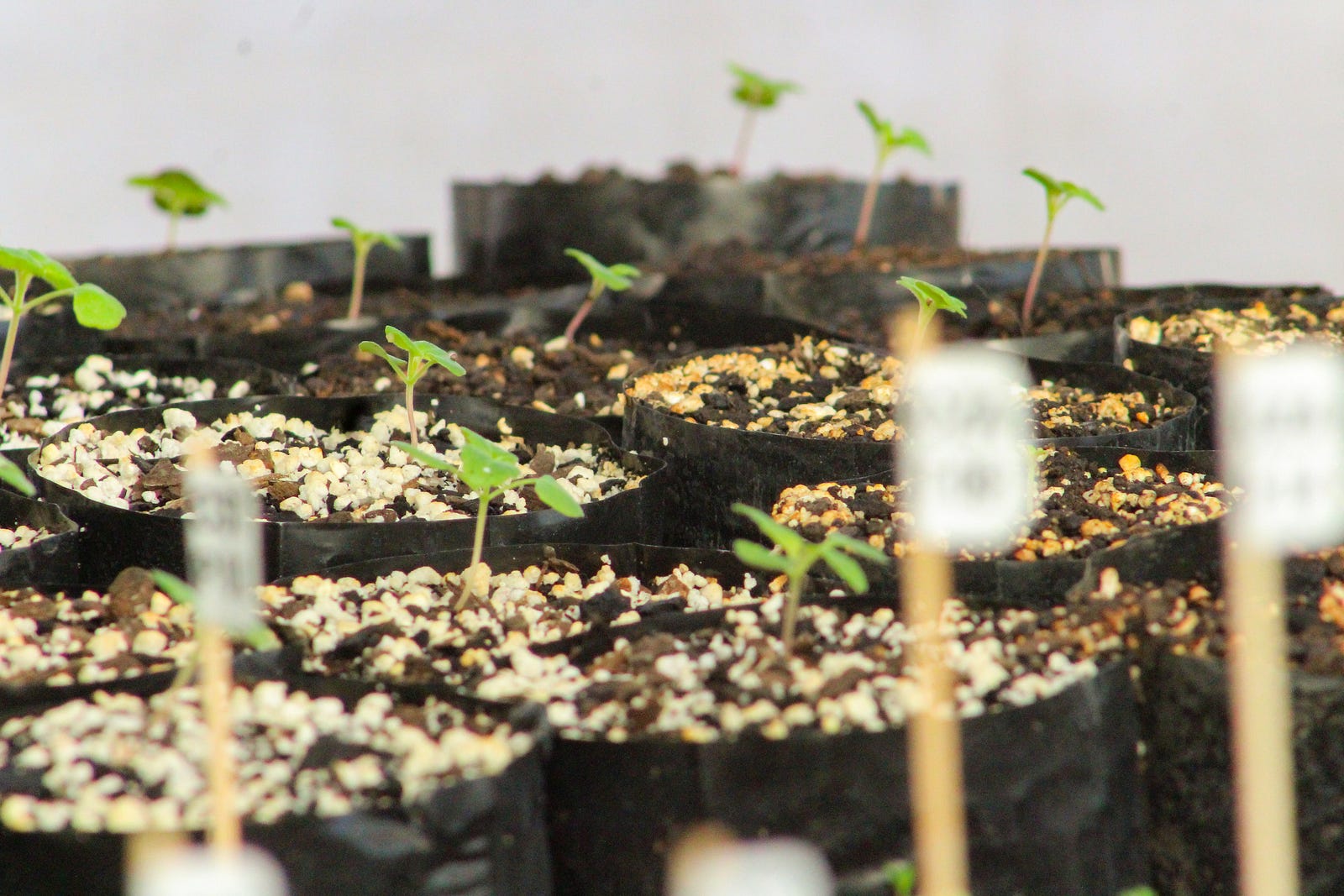
In the ever-evolving landscape of sustainable living, apartment gardening has emerged as a popular and rewarding trend. As urban spaces continue to dominate the modern lifestyle, our human desire to connect with nature and cultivate greens has led to innovative solutions for gardening within the constraints of limited space.
There is an upward trend in the integration of farming in urban planning. Farmhouse is an apartment design concept project that envisions plant-covered apartment buildings, creating a sustainable and green living environment. Residents would be immersed in a “farm in the sky,” surrounded by lush vegetation, promoting eco-friendly urban living.
We are so inspired to help create a vision like this for those city dwellers yearning to grow their own food. In 2023, apartment gardening is achievable with a series techniques, smart technologies, and more plant varieties that can thrive indoors-than ever before. We offer a short guide to creating and maintaining a successful apartment garden.

The first step in cultivating a fruit-bearing apartment garden is selecting the right plants. The current online and local availability of space-efficient plant varieties has expanded and continues to with the flurry of small garden-based businesses. (Some people even run small urban farms from their apartments) This makes it easier for urban dwellers to grow a diverse range of herbs, vegetables, and even small fruit-bearing plants indoors. Consider factors such as sunlight requirements, temperature sensitivity, and space constraints when choosing your plants. Popular choices for apartment gardening include basil, mint, cherry tomatoes, and compact varieties of peppers.
Optimize Sunlight Exposure:
While apartments may lack the vast outdoor spaces of traditional gardens, optimizing sunlight exposure is crucial for the health and growth of your indoor plants. In 2023, advancements in technology have introduced smart plant lights that mimic natural sunlight, promoting photosynthesis and ensuring your plants receive the right amount of light for optimal growth. Position your plants near windows or invest in artificial lighting systems to provide the necessary light spectrum.
Utilize Vertical Space:
Space is a premium in apartments, but vertical gardening has become extremely popular in maximizing limited space. Hanging planters, wall-mounted shelves, and vertical towers offer innovative solutions for growing plants upward, turning bare walls into lush green landscapes. Modular and stackable gardening systems have become widely available, allowing you to create a vertical garden that not only saves space but also adds an aesthetic touch to your living space. Why not save your hard earned grocery budget and build your own produce section on your empty wall space.

Watering Systems:
Efficient watering is key to the success of any garden, and in todays modern world of gadgets, smart watering systems have made this task easier for apartment gardeners. These systems can be programmed to deliver precise amounts of water at optimal times, preventing overwatering or underwatering. Additionally, self-watering planters with built-in reservoirs have gained popularity, providing a consistent water supply for your plants while reducing the risk of water-related issues. We also find them super helpful when taking short trips, as returning from vacation to a dying plant is something we want to help you avoid. ;)
Soil and Container Selection:
Choosing the right soil and containers is going to be an important factor in the success of your yield. Fabric pots, hanging baskets, and stackable planters are popular choices for apartment gardening, providing flexibility and adaptability to various spaces. They can be easy to clean, and store your food in an aesthetically pleasing way. (Yes that matters.) You wouldn’t want to shop for produce out of old plastic garden bins at the grocery store, mimic that clean aesthetic style in your own space, but creatively- and to your specific personal taste.

Companion Planting and Pest Control:
These past few growing seasons, companion planting our crops has really helped to maximize the productivity of our grow. You’ll ideally want to create as natural of a wild environment as possible for them, adding plants that help them grow in rougher conditions. Certain plants naturally complement each other, deterring pests and promoting growth. In recent times, co-friendly pest control solutions, such as neem oil and diatomaceous earth, have gained popularity among apartment gardeners.
The reason?
These help ensure a pest-free environment without harmful chemicals, which is a much better option for an indoor garden than some of the pesticides we see on the market today.

Temperature and Humidity Management:
Indoor environments may have controlled temperatures, but it’s essential to monitor and manage the climate within your apartment garden. Like smart watering devices, smart climate control devices provide real-time data on temperature and humidity levels. This, allowing you to create an ideal environment for your plants. Adequate ventilation and proper airflow contribute to a healthy indoor garden, preventing issues like mold and mildew. We run multiple air purifiers throughout the house, changing and cleaning filters about 1x a month.
Regular Maintenance and Pruning:

Do not be fooled into thinking this is a task you can just ‘set and forget.’ If it was, we would all be CEO’s of our own Agriculture empires. Successful apartment gardening will require consistent maintenance. While smart gardening apps can help you schedule watering, feeding, and pruning tasks, the ground work must be maintained consistently. Regular pruning promotes bushier growth and prevents overcrowding, allowing each plant to thrive in its allocated space, also preventing optimal living spaces for pests. Have you seen the rent prices these days? No free loaders! Keep them out by not being a place they want to squat. Pests thrive in dust, mold, mildew, which can easily happen indoors. This is where you build a personal connection with these plants, anyway. When you truly care for your garden, it will care for you back.
Sustainable Practices:
Embrace sustainable gardening practices to minimize your environmental impact while saving dollars buying new. Consider composting kitchen scraps to create nutrient-rich soil amendments, and use organic fertilizers to nourish your plants. Eco-friendly gardening supplies and biodegradable containers are every where you look. An old sauce jar, a chipped bowl, etc. Get creative with your options and reuse what you already own. It is wise to check the chemicals in your containers, so a food-safe jar or a ceramic pot is always going to be a safer option than a plastic bottle or printed label covered container. We encourage all to cultivate a green space with minimal ecological footprint.
We are happy to see this timeless hobby evolving into a sophisticated and accessible practice. With the right plants, optimized sunlight exposure, vertical gardening solutions, smart watering systems, and a commitment to tending to your garden, you can create a thriving indoor crop that not only enhances your living space but also contributes to a healthier and more eco-conscious lifestyle.
Happy Gardening,
Gilded Flavors
If you found this article useful please feel free to comment your thoughts below here or on twitter. Be well ❤
#urbanfarming #gardeningtips #homeandgarden
